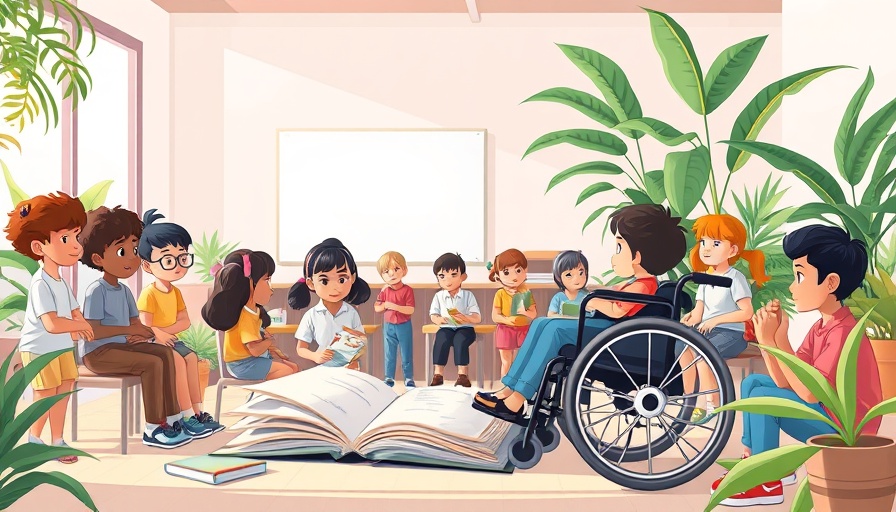
Understanding the Disparities: A Call to Action in Education
Recent data reveals a troubling trend in the treatment of students with disabilities in American public schools. While nearly 1 in 7 students in these schools is identified as having a disability, they are not receiving the equitable treatment they deserve. According to the Center for Learning Equity's analysis of federal civil rights data, students with disabilities face not only higher rates of exclusionary discipline but also a staggering lack of access to college preparatory resources.
Discipline Disparities: A Persistent Problem
In the 2021-22 school year, data indicates that students with disabilities were twice as likely to be arrested or suspended compared to their non-disabled peers. Although there was a notable decrease in these rates compared to previous years, alarming patterns remain evident. The increase in disciplinary actions, especially when factoring in their historical lowest points during the pandemic, raises red flags about equity in education.
The Need for Better Resources and Support Systems
Investments in reducing exclusionary discipline practices have been notable; however, the long-term shortages of critical staff—like counselors and psychologists—continue to challenge schools as they aim to provide appropriate interventions for students struggling with behavior management. Jennifer Coco from the Center for Learner Equity states that failing to equip educators with the necessary resources results in knee-jerk reactions that often further marginalize these students.
Intersectionality and Inequality in Educational Access
Disparities do not end with disciplinary measures; students with disabilities also face significant barriers to accessing advanced learning opportunities. The impact of these inequalities raises essential questions about how schools can effectively support diverse learning needs. As schooling increasingly shifts towards digital platforms and EdTech solutions, the question remains: Are technologies catering to the unique needs of all students?
Spotlighting the Future: What Can Be Done?
As educators, administrators, and policymakers, there exists a crucial responsibility to advocate for inclusive practices that cater to the needs of students with disabilities. With advancements in educational technology and e-learning, there lies an unprecedented opportunity to bridge the equity gap. By fostering an environment where technology and personalized support coalesce, we can not only improve discipline rates but also enhance access to college preparation resources.
In a time marked by transformative educational reforms, it is essential to remain vigilant and proactive in addressing these persistent issues. Educators and tech entrepreneurs alike must leverage innovative solutions that create nurturing and equitable environments for all students, ensuring that no child is left behind.
 Add Row
Add Row  Add
Add 




Write A Comment